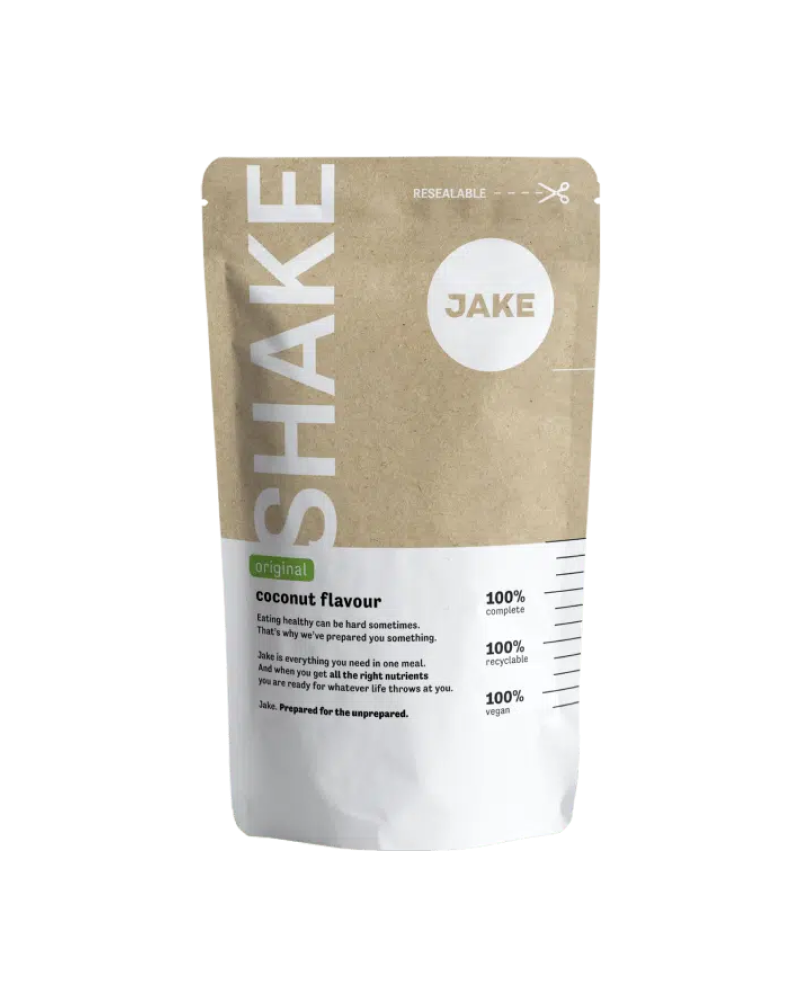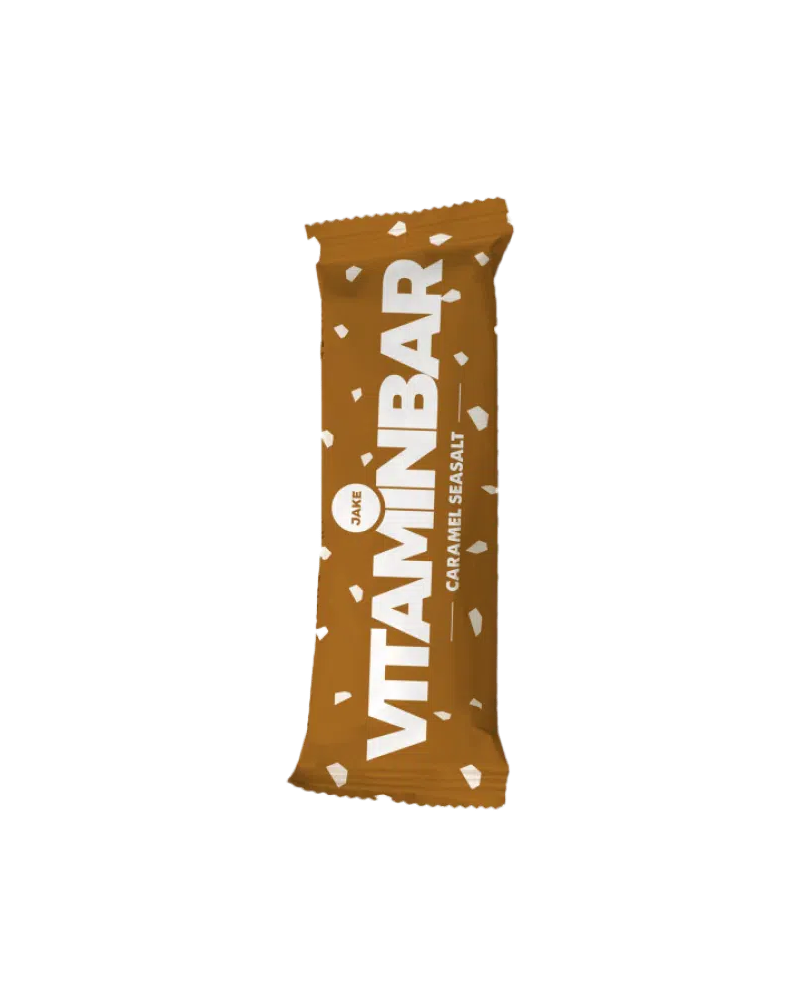Watch these things when you’re starting Keto!
Starting a Keto diet or transferring to a Keto lifestyle can be challenging. One person handles it better than the other, which often has a lot to do with the way you currently live your life. It also has to do with the (positive or negative) influence of your surroundings and even with your aspirations as a master chef. Once you start changing your dietary patterns, there’s a few things you should keep an eye on.

1. The Keto Sickness; push through!
The Keto diet has many benefits, like weight loss, but also has downsides which you should prepare for. The ‘Keto Flu’ of Keto sickness! Briefly after starting your Keto journey, you’ll notice your body starts to change. You have to adjust to burning fats als primary source for energy, instead of carbohydrates (which used to be your main source of fuel). It depends on your body how heavily you’ll react to this change, but there is a chance you’ll get proper ill.
Primarily the first seven to ten days will wear you down the hardest. You might feel extremely tired, especially in the limbs. Things as simple as walking up the stairs will probably feel like too much effort. And then there’s the brain fog. Fun times? No! But, it’s just your body claiming its time that it needs to adjust to a different pace. Something your body is, biologically speaking, very good at – just not used to anymore: burning fats!
Very practical; do not plan too much “to-do’s”, and take it easy on exercising when starting with a Keto diet. Your body needs to rest whenever you can, just give it time. After that recovery, you’ll be astonished as to how much energy you have, as soon as the transformation is done.
Read more about experiences with the keto diet here.
2. Drink enough (water)
Once you start with keto, you’ll notice (especially in the beginning) a lot more toilet stops. Reason being is the decrease of carbohydrate storage in your body, which would previously require a lot of water. This is one of the reasons you lose a lot of weight in the beginning: you lose a lot of moisture. The ‘great start’ is however a great incentive to continue.
Prevent dehydration and make sure you at least drink 2 litres a day. Water is the purest source, but green tea, herbal tea, coffee or homemade vitamin water works well too. Just make sure you drink water next to your coffee.
3. Supplement with electrolytes
The moment you reach ketosis, your kidneys will excrete more water and more electrolytes. These minerals are highly important for a ton of bodily functions, such as: conduction of nerve impulses, moisture balancing or pulling and closing muscles altogether. Symptoms of a too low electrolyte presence are headaches, muscle aches (often in the calves) or a numb/tingling feeling in your limbs.
Which makes is extra important for you to keep track of your sodium and potassium intake, to make sure your body functions properly. This can easily be achieved by using tablet- or liquid-supplements. An alternative to this would be adding extra salt to your food or drinking a daily LoSalt mineral salt broth.
4. A bloodtest will give the best results
After a few weeks, you’re probably wondering; did I reach full ketosis or did I not? And if yes, how solid is my ketosis? There’s a few ways to determine if, and how well, your ketosis is. Ketones can be differentiated in to three different ones: acetone, beta-hydroxybutyrate and acetoacetate. They all have a different way of measuring the levels. Your three options are your breath, blood or urine.
Measuring through breath (acetone) can be done with the help of a ketone meter. This is a pretty reliable way to test your ketone levels.
The urine test is the last accurate of the three. You have to pee over a ‘keto-stick’ or you dip the stick into a jar of your urine. De difference in colour (from light pink to purple) tells you about the level of ketones in your body: the darker the colour, the higher the concentration of ketones is.
Measuring through means of blood is done with the help of a blood ketone meter, which in turn works the same as a glucose meter. Place a drop of blood on the measuring strip and within seconds you’ll see the amount of beta-hydroxybutyrate in your blood. This is the most reliable method, but a little more expensive than urine sampling.
Lots of work?
This might sounds as a lot of work and yes, in the beginning that might be the case. Experience teaches us that certain actions will be executed without thinking about it, once they are integrated in your habits. The measuring of your ketose values will become obsolete in the long run, by then you know how your body handles and reacts to it all. In short; push through the less fun stuff and soon you’ll profit from the benefits of your new Keto Lifestyle!
Maintaining a Keto diet and preparing the right meals can be tricky and time consuming. With Jake you can throw your worries out the window. Packed per meal, 100% vegan and a 30 days money-back guarantee.







